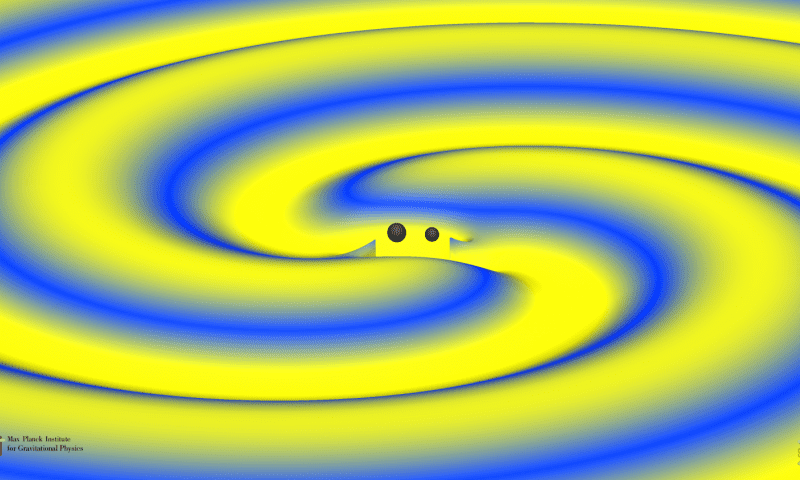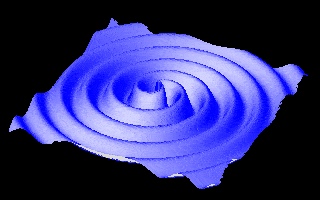Researchers working at Laser Interferometer Gravitational-wave Observatory (LIGO) have confirmed the existence of gravitational waves — again. The ripples in spacetime might usher in a new age in physics.

Just like the previous times, the observation was triggered by one of the most violent events in the universe: the merger of two black holes. The detection took place during LIGO’s current observing run, which started in November 2016 and will run through this year’s summer. It featured a resulting black hole with a mass 49 times that of our sun, filling a gap between the first and second gravitational wave observations (which documented black holes with 62 and 21 solar masses respectively).
“We have further confirmation of the existence of stellar-mass black holes that are larger than 20 solar masses—these are objects we didn’t know existed before LIGO detected them,” says MIT’s David Shoemaker, the newly elected spokesperson for the LIGO Scientific Collaboration (LSC), a body of more than 1,000 international scientists who perform LIGO research together with the European-based Virgo Collaboration. “It is remarkable that humans can put together a story, and test it, for such strange and extreme events that took place billions of years ago and billions of light-years distant from us. The entire LIGO and Virgo scientific collaborations worked to put all these pieces together.”

This pretty much confirms the existence of gravitational waves (third time’s the charm), first proposed in 1905 by Henri Poincaré and also predicted by Albert Einstein in 1916 on the basis of his theory of general relativity. However, these waves proved to be completely elusive until 2015, when LIGO made its first observation.
The problem with gravitational waves is that even though they are constantly passing Earth, their impact is extremely faint. Even the strongest have a minuscule effect and their sources are generally at a great distance — which is why we need huge events (like merging black holes) to spot the waves.
Notably, this new research also offers some insight into the directions in which black holes are spinning. Think of the black holes as two ice skaters, spinning around each other, but also spinning around their own axis. It makes a lot of sense for the black holes to spin individually in the same direction they are spinning against each other, but as the new data shows, sometimes they spin in the opposite direction. In technical terms, this means that their spins are not aligned.
“This is the first time that we have evidence that the black holes may not be aligned, giving us just a tiny hint that binary black holes may form in dense stellar clusters,” says Bangalore Sathyaprakash of Penn State and Cardiff University, one of the editors of the new paper, which is authored by the entire LSC and Virgo Collaborations.
It’s an impressive accomplishment and one which highlights just how much our technology has developed, and how important continuous investment in science is. The LIGO instruments are set for a small upgrade, continuing to shed light on the secrets of the universe.
“The LIGO instruments have reached impressive sensitivities,” notes Jo van den Brand, the Virgo Collaboration spokesperson, a physicist at the Dutch National Institute for Subatomic Physics (Nikhef) and professor at VU University in Amsterdam. “We expect that by this summer Virgo, the European interferometer, will expand the network of detectors, helping us to better localize the signals.”
Additionally, for the gazillionth time, this proves that Einstein’s theory of relativity really works. Time after time, different scenarios have put the theory to the test, and time after time — general relativity came on top.
“It looks like Einstein was right—even for this new event, which is about two times farther away than our first detection,” says Laura Cadonati of Georgia Tech and the Deputy Spokesperson of the LSC. “We can see no deviation from the predictions of general relativity, and this greater distance helps us to make that statement with more confidence.”
Journal Reference: B. P. Abbott et al. — GW170104: Observation of a 50-Solar-Mass Binary Black Hole Coalescence at Redshift 0.2. https://doi.org/10.1103/PhysRevLett.118.221101






